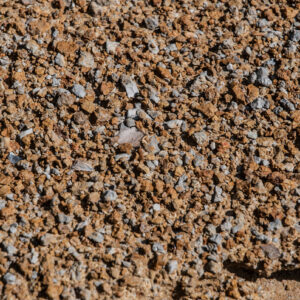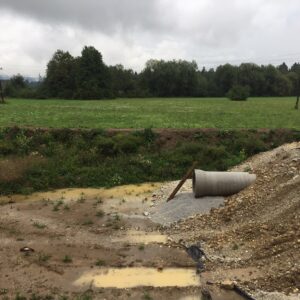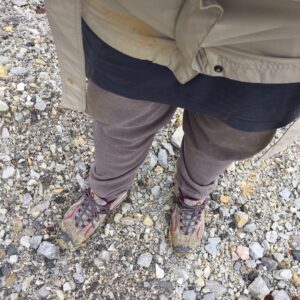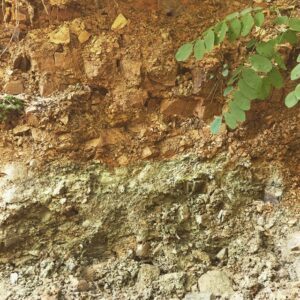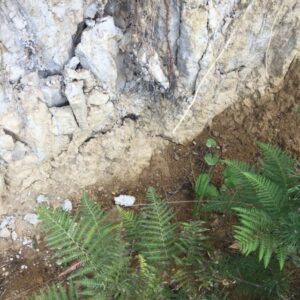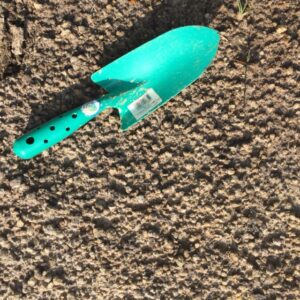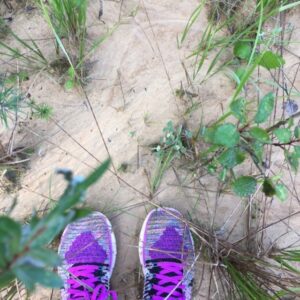How to find clay in nature: part III
In the previous 2 articles we’ve discussed what is clay and how to recognise it and how to research possible sites before going on the field.
Now we can prepare for going out and bringing back some clay!
Things you need:
– shoes, which you won’t feel sorry for, if they are fully covered in mud – clay
– small garden trowel or a shovel or railroad pick in case the clay is dry
– heavy duty plastic bags or bucket
– backpack with wide shoulder straps
– labels and pen for labeling
If you are on foot, you can only carry the weight of 20-30 kg on your shoulders. Do not overdo because you can hurt your back, neck or shoulders. But if you can go to the site with a car, then the only limit is the size of your trunk. It is always better to drive with your car directly to the location, but many times the location is only accessible by foot. Here I would like to add some thoughts about where exactly is the place you are taking clay from – and so who from. Do not go digging around your neighbour or anyone else without his/her permission. Always ask first. But if you are on city ground, then be very subtle about it. Do not dig a hole in the middle of public path, which is going trough the woods. Just think a little how you take clay from nature. Do not cause any damage and make sure that the environment you leave behind is in the same shape as you found it, minus the clay.
If the clay is very dry it is better. You save some energy with digging, carrying the weight of water and you save some time with drying. If the clay is in small particles, then so much better – just take the garden trowel or shovel and start filling the bags. If it is in large chunks, or very dry and compressed railroad pick comes in handy. For a wet clay you choose trowel or shovel, but you will need some time cleaning after every move, since clay will be so sticky.
One clay site usually gives the diversity of clays, which means different coloured clays. I usually separate it and properly label it. It is also very typical that the first layer is darkest, and then the pigments of metal oxides start decreasing – clay gets cleaner and more light in colour, grey, cream or even white. Sometimes there is also a layer of silica sand mixed with clay. That is useful too, especially if you are firing in high temperatures. You mix a certain percent into clay and this is how you increase your clay’s melting point. I also like collecting and keeping all the different small stones found at clay locations. They are usually stones clay consists of, stones which were one rocks before they become clay. The tell me what is clay made of. I also like to sieve it trough different size sieves and mixing it back to clay. That gives a nice depth to a clay body, a kind of natural grog. In a way, I am gathering all material from one location, which could come in handy in clay body or glaze. But gathering materials for glazes needs a special whole new article, so stay with me!
So my writings about collecting clay from nature has come to an end. If you also collect your own clay, let me know how you do it! It may help me or others when they go on their own hunt!

